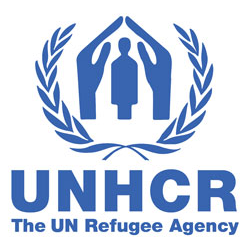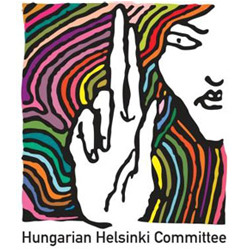Main Debates
- Is the extension of UNHCR’s mandate sufficient or is there a need for a specialized agency?
- Should there be a separate global treaty for the protection of internally displaced persons?
- Does the emergence of ”responsibility to protect” improve the situation of the internally displaced?
- Should conflict induced displacement be treated differently from other types of involuntary domestic migration?
Main Points
- Emergence of IDPs as a category of individuals in need of protection in the 1990s
- International border as a defining criterion
- Challenge of implementing human rights treaties to offer sufficient protection for the internally displaced
Treaties
- African Union, Convention for the Protection and Assistance of Internally Displaced Persons in Africa (Kampala Convention), adopted on 23 October 2009 and entered into force on 6 December 2012.
Soft Law
- UN Commission on Human Rights, Guiding Principles on Internal Displacement, UN doc. E/CN.4/1998/53/Add.2 (11 February 1998).
- ’London Declaration of International Law Principles on Internally Displaced Persons’, International Journal of Refugee Law, vol. 12, no. 4 (2000), p. 672.
Readings
Core
- Internal Displacement: A Global Overview of Trends and Developments in 2013, Global IDP Project, Norwegian Refugee Council, Geneva 2014.
- A. Adebe, ‘The African Union Convention on Internally Displaced Persons: its Codification Background, Scope, and Enforcement Challenges’, Refugee Survey Quarterly, vol. 29, no. 3 (2010), pp. 28–57.
- R. Cohen, ‘Strengthening Protection of IDPs: The UN’s Role’, Georgetown Journal of International Affairs (Winter/Spring 2006), pp. 101–109.
- W. Kälin, ‘The Role of the Guiding Principles on Internal Displacement’, Forced Migration Review, (October 2005), pp. 8–9.
Extended
- H. Entwisle, ‘Tracing Cascades: The Normative Development of the U.N. Guiding Principles on Internal Displacement’, Georgetown Immigration Law Journal, vol. 19 (2004–2005), pp. 369–390.
- N. Geissler, ‘The International Protection of Internally Displaced Persons’, International Journal of Refugee Law, vol. 11, no. 3 (1999), pp. 451–478.
- W. Kälin, ’Internal Displacement’ in: E Fiddan-Qasmiyeh, G. Loescher, K. Long, N. Sigona (eds): The Oxford Handbook of Forced Migration and Refugee Studies, (Oxford: Oxford University Press, 2014), pp. 163 – 175.
- K. Koser, ’Internally Displaced Persons’ in A. Betts, Global Migration Governance,(Oxford: Oxford University Press, 2011), pp. 210 – 223.
- K. Luopajarvi, ‘Is there an Obligation on States to Accept International Humanitarian Assistance to Internally Displaced Persons under International Law?’, International Journal of Refugee Law, vol. 15, no. 3 (2003), pp. 678–714.
- B. Ní Ghráinne, UNHCR’s Involvement with IDPs – ‘Protection of that Country’ for the Purposes of Precluding Refugee Status?, International Journal of Refugee Law, vol. 27, no. 1 (2015), pp. 1 – 19.
- P. Orchard, ‘Perils of Humanitarianism: Refugee and IDP Protection in Situations of Regime-induced Displacement’, Refugee Survey Quarterly, vol. 29, no. 1 (2010), pp. 38–60.
Editor’s Note
See the discussions of internally displaced persons in Africa and in the Americas in Section III.4.5 and Section IV.4 respectively.



